EPDS III- Improving pasture performance with the right inputs
| Project start date: | 02 January 2024 |
| Project end date: | 31 October 2028 |
| Project status: | In progress |
| Relevant regions: | Southern Australia, Victoria |
| Site location: | VIC: Surf Coast Shire, Bellarine Peninsula, Geelong region |
Summary
Many producers in the Surf Coast and Bellarine Peninsula face challenges with degraded and declining pastures, which directly impact livestock productivity and farm profitability. The high cost of establishing new pasture often prevents landholders from taking action, leading to poor feed quality, weed infestation, and soil degradation. This project aims to address these issues by empowering producers with the knowledge and tools to improve existing pasture through targeted management practices rather than complete resowing.
Over three years, trial sites will be established across diverse soil types on member farms to test and demonstrate practical solutions. Participants will learn to assess pasture condition, interpret soil tests, and apply appropriate treatments such as fertilisers, grazing strategies, and weed control. By building capacity in pasture and soil management, the project seeks to enhance feed quality and quantity, improve stock performance, and promote sustainable land use. Ultimately, successful strategies will be shared across the region to encourage broader adoption and long-term impact.
Objectives
Objectives:
- Participants (group members and other local producers) increase their knowledge and understanding in identifying degraded pasture, understanding the causes and interpreting test results-eg. Pasture paramedic or similar packages
- Participants increase their understanding of factors leading to limitations on pasture productivity and persistence. Eg regular soil testing and interpretation of results, weed management, maintaining ground cover and applying management practices to rectify pasture issues appropriate to their situation.
- Members achieve improved pasture condition and become more skilled in their grazing management and ability to respond to seasonal conditions as a result of better understanding their property soil types, pasture growth patterns, and livestock nutritional requirements


